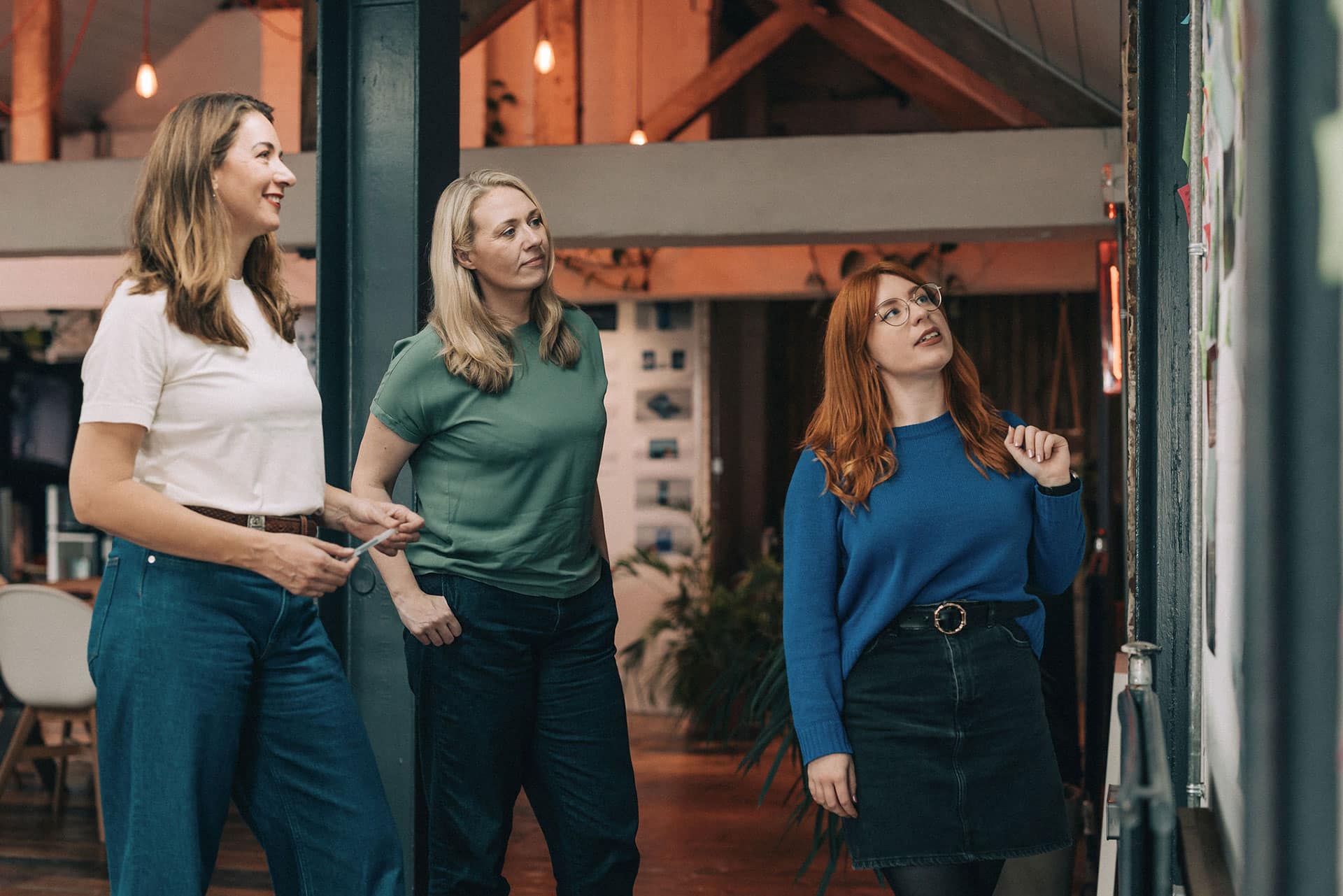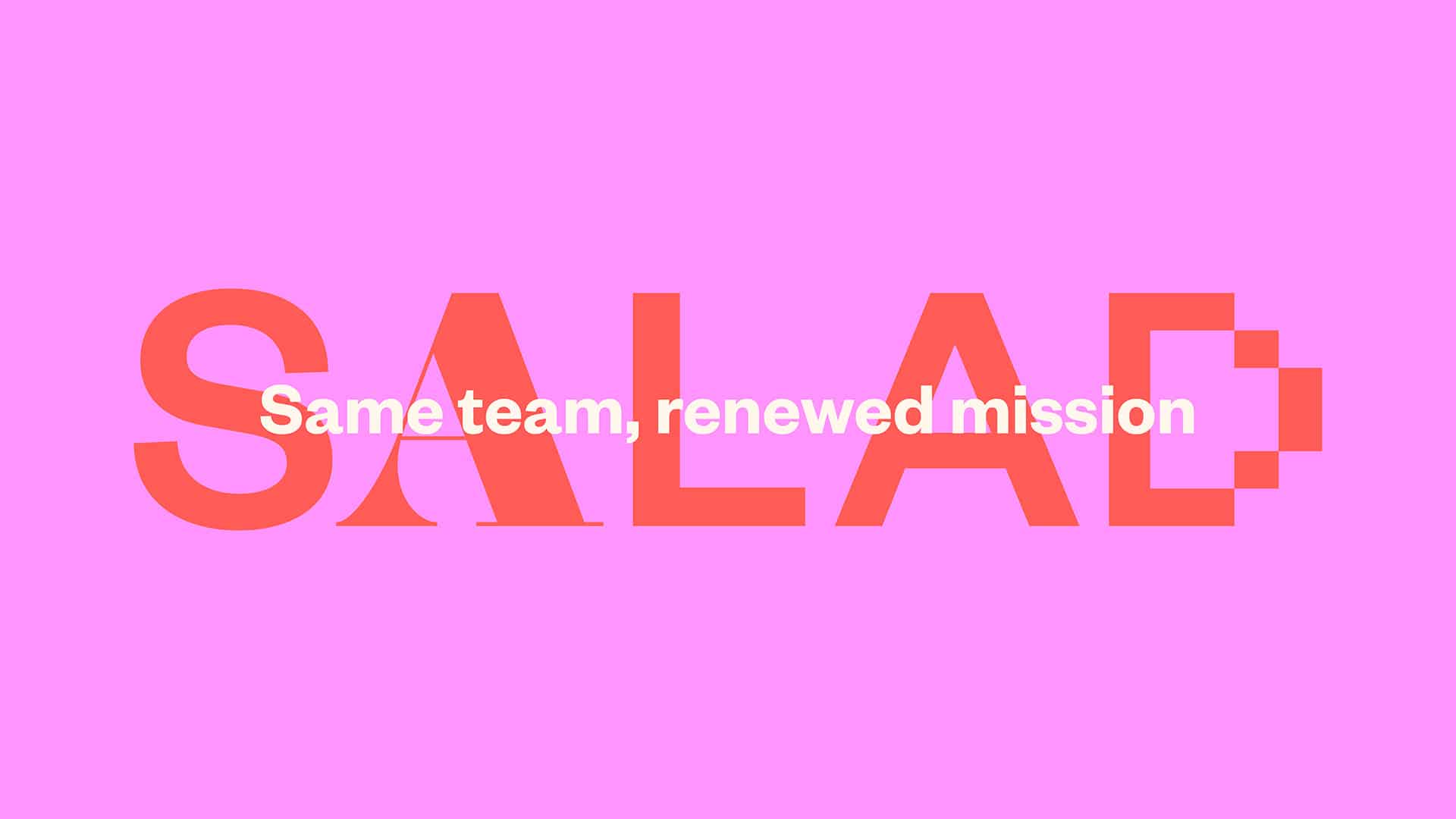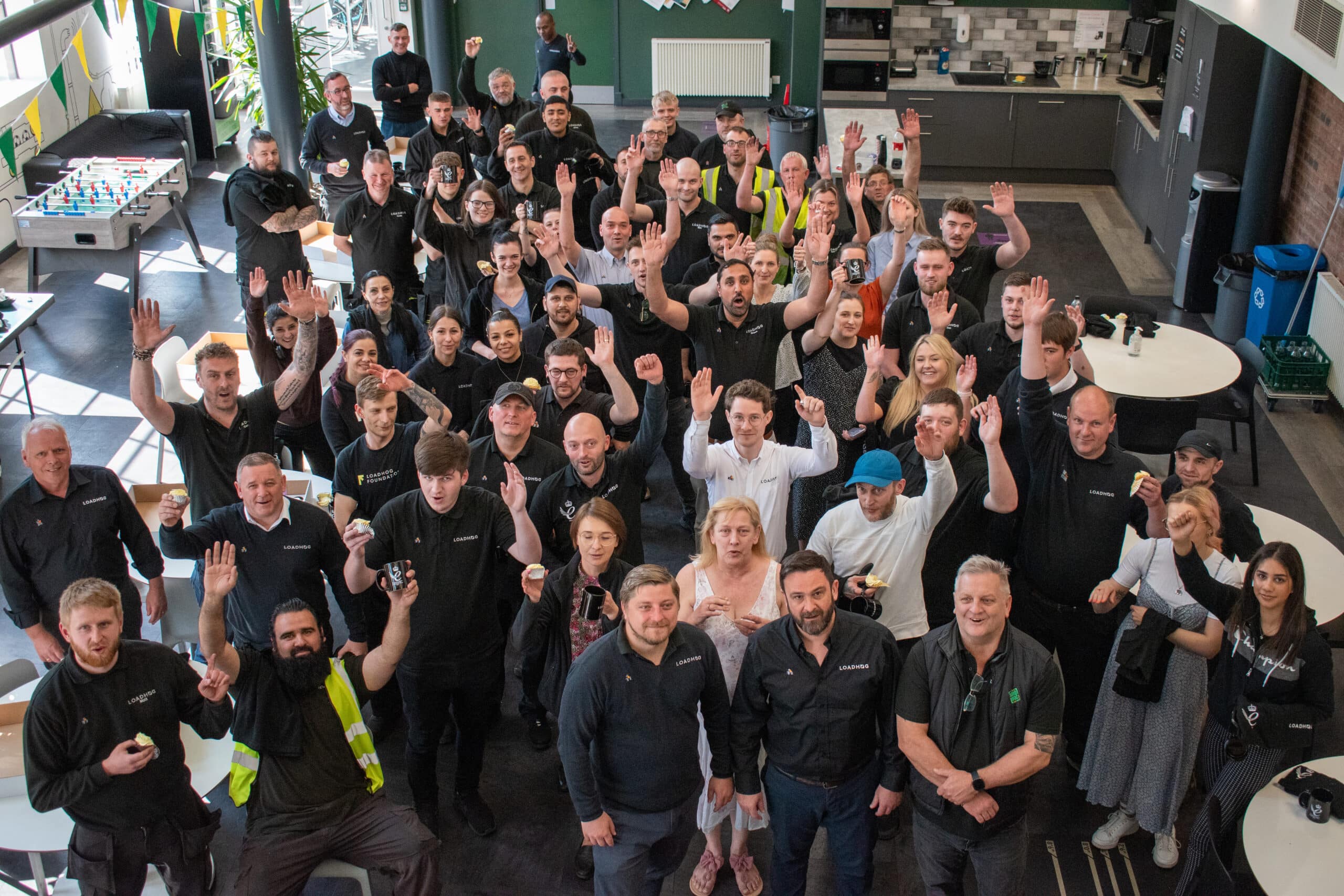Designing employee ownership with creativity and intention
Becoming employee-owned is a significant step for any business. For many, it marks the start of a new chapter, one rooted in shared purpose, long-term thinking and the ambition to build a deeper, more inclusive culture. But the structural transition is only the beginning, part of an ongoing evolution which needs care and attention, alignment and engagement to succeed.

A moment of transition and the questions that follow
After the legal process is complete and initial communications have been shared, many businesses find themselves facing a familiar set of questions:
- What should feel different?
- How do we engage our teams in this change?
- What does employee ownership look like in practice?
These questions aren’t signs of uncertainty. Actually, they’re signals that the organisation is ready to define its own version of ownership. A version that aligns with its people, its purpose and its values.
And, as a sector, we’re in a profoundly fortunate position. As a growing body of businesses facing similar, but often nuanced, challenges, we’re fortunate to have a multitude of organisations who are ready and willing to share their experiences, processes, and governance models, all willing us to make our own versions of employee ownership work.
“The questions that follow transition aren’t always problems to solve, they’re signs of a business ready to define what ownership really means.”
Becoming employee-owned changes how a business is structured, legally. But it also opens the door to rethinking how our businesses are led, shaped and experienced. It’s not simply a new model of governance; for many, it’s a cultural shift, one that takes time, care and intentional effort to embed.
This is where creativity plays a critical role.
Designing culture through creativity
Our journey through the first few years of employee ownership has created an incredible network of connections. We’ve seen firsthand that when businesses actively involve their teams in shaping what ownership means, the outcomes are both more sustainable and more meaningful. In most cases, it is as a result of deliberate strategies and tactics that engage employees in decision-making that cultures of shared responsibility are created.
But these strategies aren’t created from a set of templates. They need to be carefully designed and curated, with collaboration, clarity and creativity at their core.
At Salad, we see employee ownership through many lenses. Not just as a restructuring of governance but as a creative opportunity. One that invites new thinking around leadership, decision making and the shared experience of work. Not one person’s rule of law, but as a collective based on individual experience, give and take.
Shaping the future together
One of the most powerful aspects of employee ownership is the opportunity it creates to involve larger groups of people in shaping the future of the business. Surveys and suggestion boxes are good for determining what milk you have in the office fridge or where to spend the next Christmas party, but deeper forms of engagement are required to ensure team members feel heard, trusted and, most importantly, connected to the general direction of travel.
“If you are working on something exciting that you really care about, you don’t have to be pushed. The vision pulls you…”
In our experience, clarity of vision is essential to any business, but so is inclusion in how that vision is formed. When employees are invited into the process, when they’re given context, asked thoughtful questions about the future, and shown that their perspectives are valued, the result is more than engagement and alignment. It’s ownership.
This process may take the form of facilitated workshops, open strategy sessions, or smaller-scale conversations designed to explore what matters most. And the format really matters less than the intent so that space is created for contribution, not just communication.
Decisions don’t have to be made collectively. But there are significant moments that benefit from broader inputs, especially when setting direction, defining values and exploring what employee ownership should mean in practice.
This inclusive approach shifts the narrative away from “it has been decided” to “this is something we’re shaping together.” And, in pursuing this narrative, a business can build belief, not just in the structural changes that employee ownership brings but in the culture it can enable.
Starting points for exploration
“Revisit the why of your leadership model, create visible signals of change. Explore shared ownership in practice, reimagine leadership and decision-making.”
There is no single way to make employee ownership work. There are, of course, principles like alignment, engagement and transparency. Every business must find its own path, shaped by the specifics of its culture, people and purpose. But there are some useful starting points, prompts that can start to open up new conversations, inspire creativity and experimentalism, and help both leadership teams and employees in general begin to collaborate deeply and co-create what ownership looks like in practice.
Revisiting the “why” behind your ownership model
- Why employee ownership, and why now?
- What future is this model designed to protect, enable and encourage?
Revisiting the rationale with the team can help to reconnect people to the bigger picture and bring to the surface the values that underpin the structure.
Create visible signals of the change
Cultural shifts often need tangible cues to bring them to life.
- What rituals, language, spaces or behaviours might help to symbolise a shift in mindset across teams?
Even small signals, as long as they’re visible, can have a big impact on belief and engagement.
Exploring shared ownership in practice
Most employee owners haven’t owned or managed businesses before, so ownership becomes a wide-ranging term that means different things to different people. It can range from responsibility to participation or reward, or simply knowing they have a voice which can be heard.
Facilitated conversations can help to clarify expectations and surface themes that can help guide future decisions.
Reimagining leadership and decision-making
Employee ownership creates an opportunity to examine how influence and decision-making are distributed.
- Where might greater transparency or involvement be valuable?
- What could be piloted before being formalised?
Building in space for honest dialog
Not everyone will immediately connect with the idea of ownership, and that’s OK. Creating regular spaces for reflection and feedback helps to surface concerns early and builds trust over time.
These prompts are intended as starting points for deeper, more meaningful conversations. They’re not about doing everything at once, rather, they’re about choosing one or two areas to explore with clarity, creativity and, above all, intent.
A shared commitment
Seeing employee-ownership simply through the lens of structural change is short-sighted. Employee-ownership needs to be seen as a shift in mindset to be effective and sustainable. That shift, from “my business” to “our business”, from top-down decision to contribution, is needed to allow every team member to understand exactly the “why” behind the change.
And to make that shift meaningful, businesses need more than technical or templated processes. What’s needed is clarity, openness and a willingness to design something new together. To use creativity as a tool for future casting and cultural development, and improvement.
“The most effective employee-owned businesses aren’t perfect. They’re intentional”
We are all learning as we go. From experience, failure or each other. Effective employee-owned businesses create space for exploration. They engage their teams in shaping what’s coming, and they treat culture not as a byproduct of ownership but as the foundation of it.
For those of us still finding our way, the invitation is a simple one: start with curiosity, keep listening to the experiences and failures of others in our community. Keep listening, and remember that ownership, done well, isn’t something you roll out in a “ta-da” moment. It’s something you build constantly and together.
Designing with intention
Ownership is more than just structure. From shaping vision to evolving culture, the most impactful businesses are those that lead with intention.
At Salad, we support employee-owned organisations to align their brand, culture and digital experiences with the values at their core.
Get in touch to find out how we can support your journey with intention.





